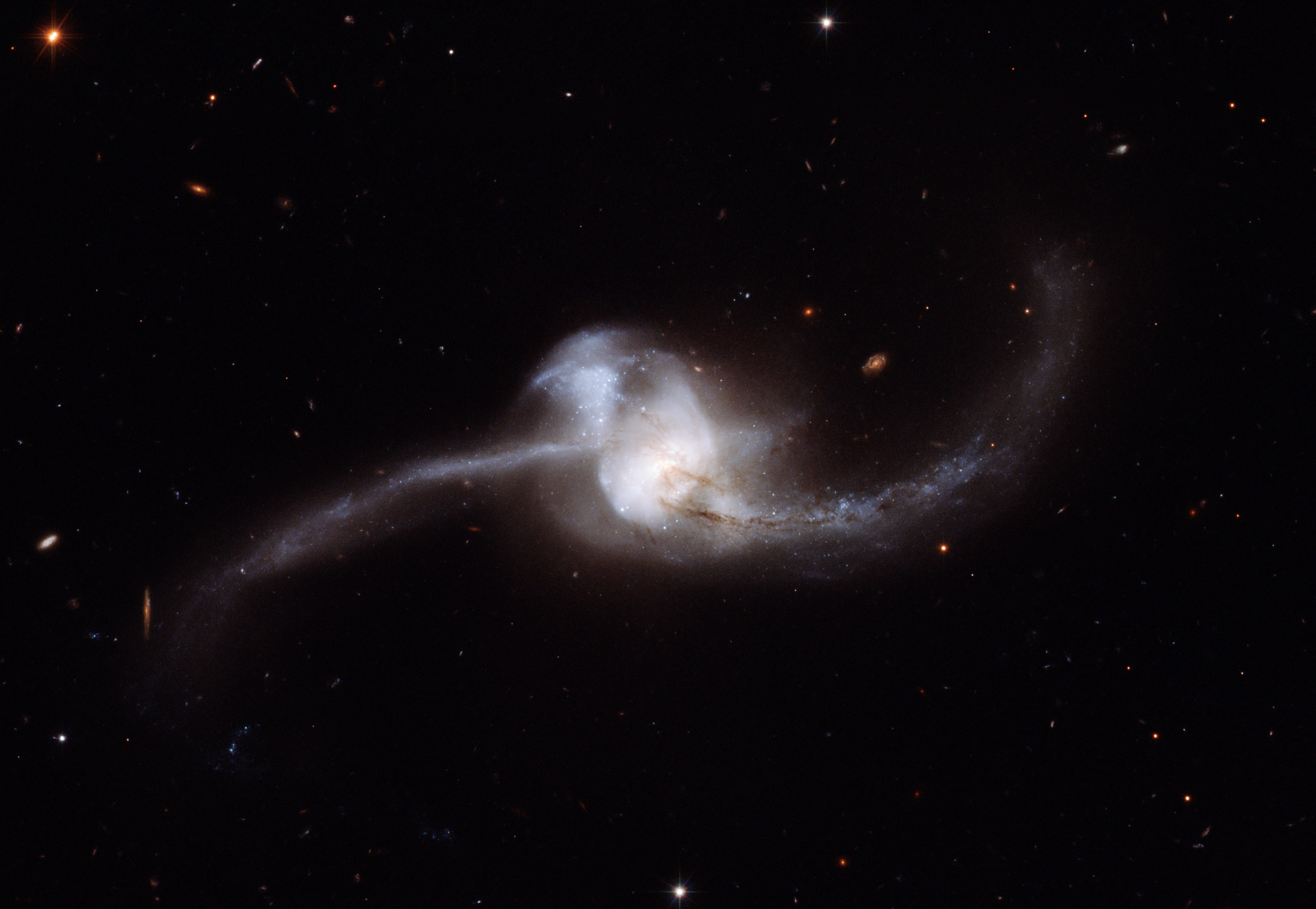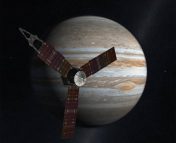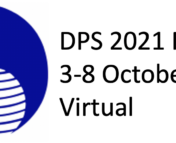-

Dr. Ann-Marie Madigan – astrophysicist at the University of Colorado, Boulder
From large to small, from galaxies to planetesimals – Professor Ann-Marie Madigan is interested in it all. Dr. Ann-Marie Madigan is an Assistant Professor of Astrophysics at the University of Colorado, Boulder. Her group is primarily interested in dynamics of all kinds of objects. “There are three areas right now that my group is focused on. At the largest scale, we’re trying to understand the motions of dark matter in disk galaxies. […] The second scale, going a little bit smaller, is looking at stars that orbit supermassive black holes. […] And then at the smallest scale is […] what happens to the small bodies in planetary systems: the planetesimals, asteroids, comets, everything that’s too small to be a planet.” The latter has a connection to the popular hypothesis of Planet 9. To be more precise, Dr. Madigan and her group are actually on a competing side – they are trying to prove that you don’t need a Planet 9 to explain the weird motion of trans-Neptunian objects! “I tried to explain what we’re seeing in our outer solar system – very strange orbits of small bodies beyond Neptune […] – without needing a new planet to exist in the outer solar system.”
What is Light?
Dr. Ann-Marie Madigan grew up studying at an all-girls school in Ireland. She didn’t really know what physics was, and the question of only three words left a mark in her memory forever: when she came to her first science class, her teacher wrote “What is light?” on the blackboard. “Is this actually what physics is?”, 16-year-old Dr-to-be Ann-Marie Madigan asked her science teacher and got a positive answer: “It was just like a light bulb moment […] oh, this is what I want to do.” However, it is one thing to raise an interest in a subject on the very first lesson, and it is completely another thing to maintain it – this is where good teachers excel! As Dr. Madigan describes to me, her first science teacher was “so important, absolutely crucial.”
Before meeting Dr. Madigan in this informal setting, I actually ‘met’ her on…YouTube! In a TEDx talk from a few years ago, she showed her fascination with black holes. Sure enough, when we spoke, she declared that “black holes are the best objects.” Talking to Dr. Madigan, I could see this fascination with astronomy and black holes carries through to this day – her eyes were full of excitement when she was talking to me about black holes, just like a few years ago on her TEDx talk, and probably just like when she was 16 and just realized what physics was. “[…] the best thing about physics I found [had to do with] black holes and everything to do with astronomy.”
Don’t let other women down
Being a woman surely affects you in a STEM-related field, but it is usually hard to say if you’re treated in a certain way because of your gender or for some other reason. However, when you face mansplaining or irrelevant comments from men – this is how you realize that you’re a woman in STEM. Sometimes you just find yourself doubting your own abilities and getting quiet at conferences, because you’re afraid to speak up. I talked about this with Dr. Madigan, and though she said that “it never really occurred to [her] that men and women would be any different when it comes to mathematics or science,” she still had experienced insecurity before she became a faculty member. “When I went to University, I definitely had some odd experiences that I would now describe as mansplaining when a male colleague of my class would start explaining something to me that I hadn’t asked to be explained. […] I was often, as a theorist, the only woman in the room. And that was really difficult at times. […] My brain was clogged with thoughts of like, don’t let women down, don’t say something stupid, just being too self-aware. What was much easier is becoming faculty, having more security. […] Job security makes a huge difference. I think it was because my confidence grew and that was really important.”
Mom in academia
During her time as Assistant Professor at CU Boulder, Ann-Marie Madigan has also experienced having a child while being a scientist. In academia, it is very easy to get used to agreeing to more projects than you actually have time for, and, as Dr. Madigan told me, moms in academia definitely learn how to set boundaries. “When I had my daughter, I really felt like I was kind of grounded. […] I definitely have less time for research. I’ve gotten way more efficient. […] I’m no longer available to work in the evenings or weekends at all.” What also really helps in such hard and busy times as having a newborn is a supportive department and supportive colleagues. Fortunately for Dr. Madigan, her department supported her in her journey in being an academic mom by giving a semester-long parental leave and freeing her from some of the responsibilities.
We want you here
“To my female colleagues and particularly senior female colleagues. [I want to say] Thank you. There have been several senior women who really helped me in very concrete ways. […] To more junior women. First of all, we want you here. Please, come and do science with us. […] I try to make sure that women in my department understand that if anything happens, […] it’s our job to take that on board, to make sure that they have a smooth path.”
“Some advice I would give to my younger self […] is to go work with people who will be great mentors to you and will make it a really enjoyable experience […] rather than just going somewhere that will look best on your CV because […] some people will elevate you and others just won’t help.”
Astrobite edited by Sahil Hegde
Featured image credit: Dr. Ann-Marie Madigan



